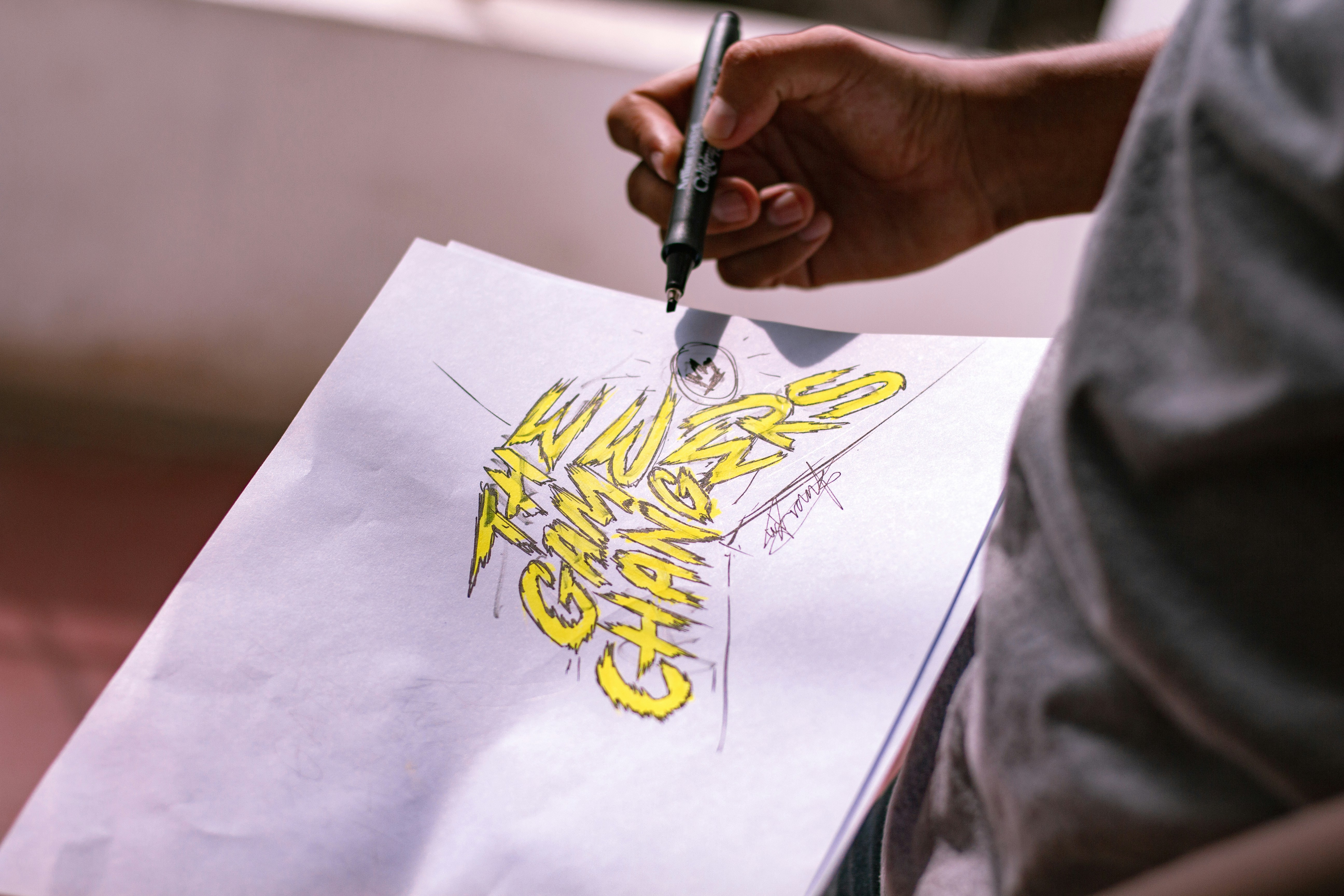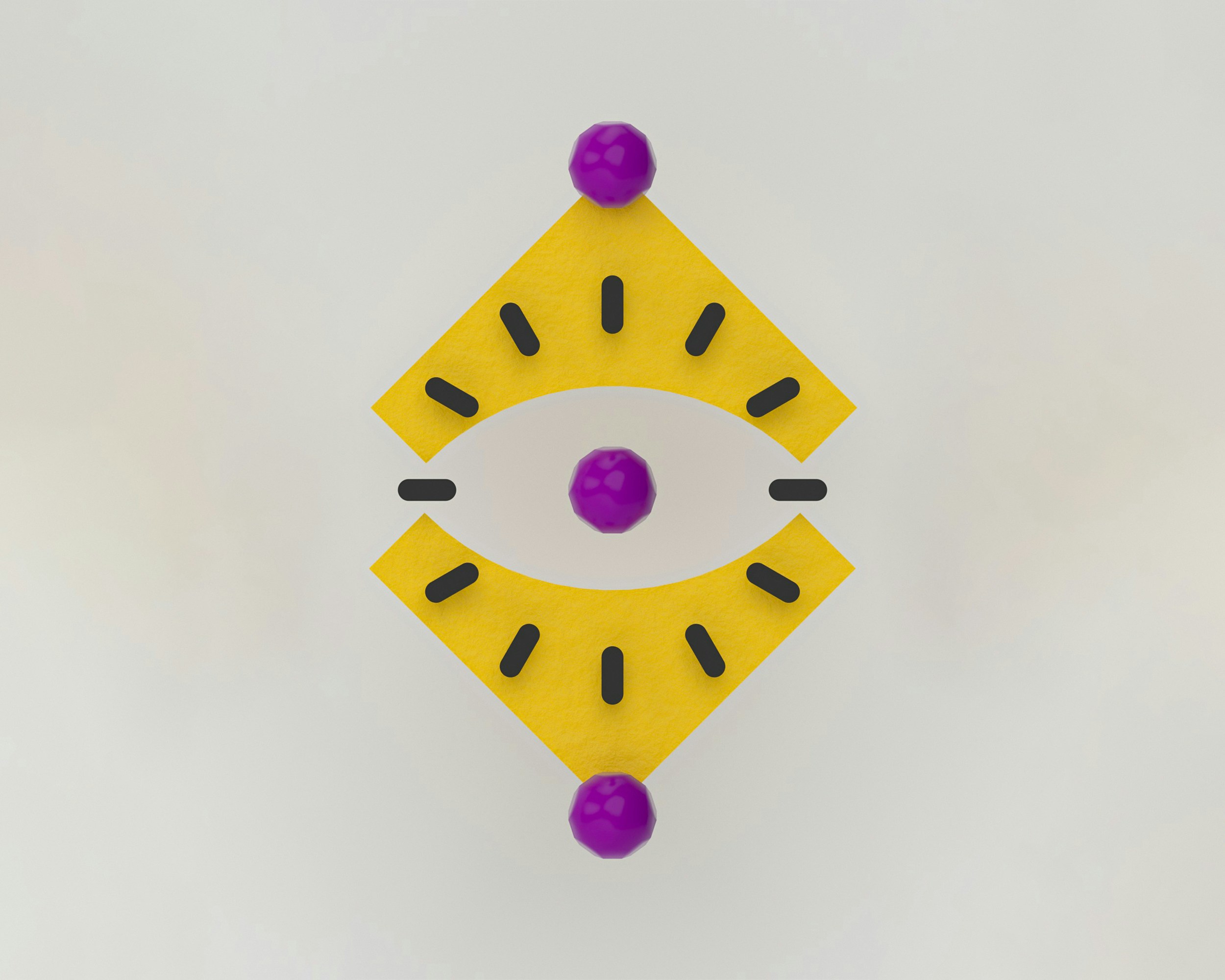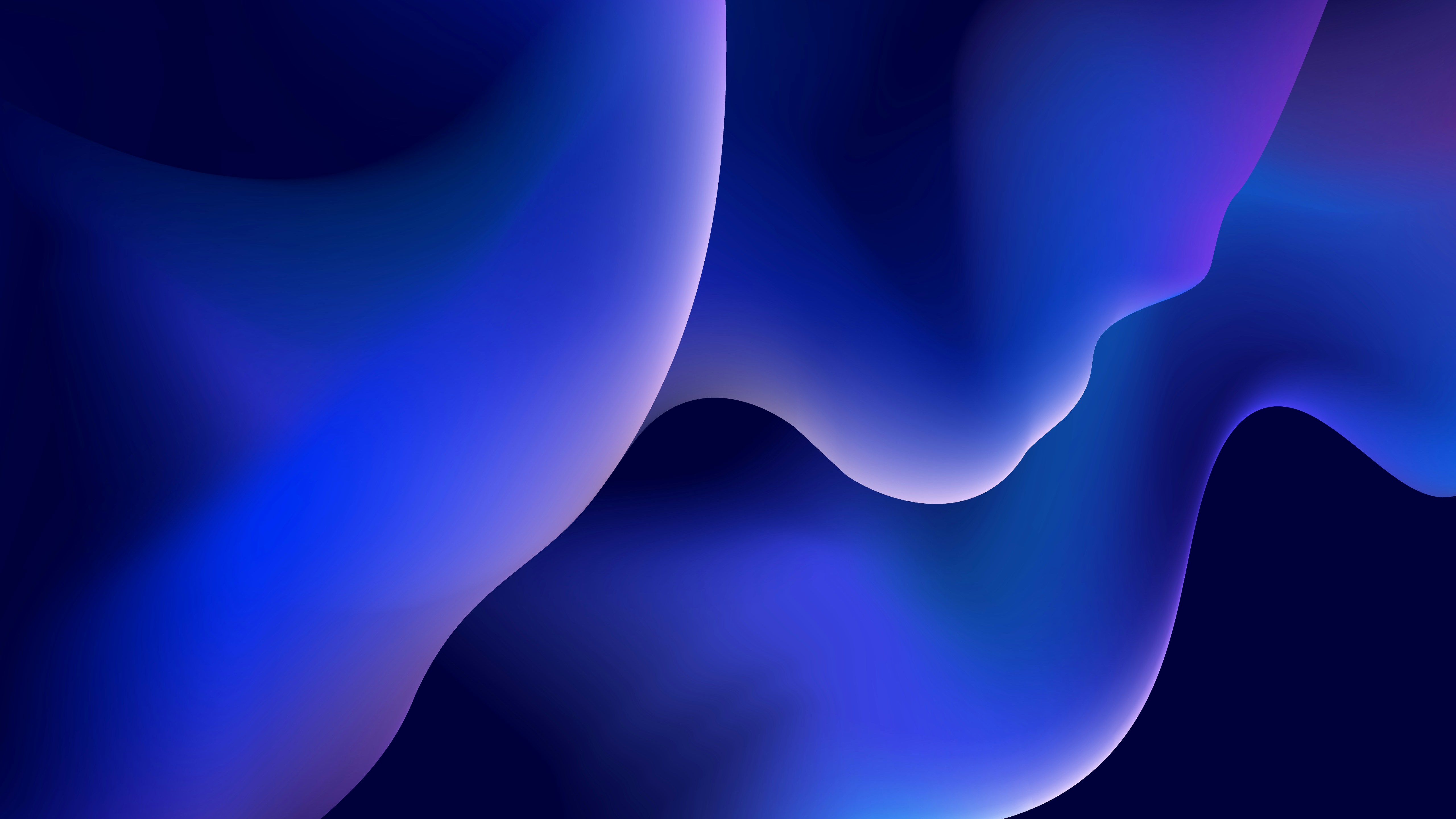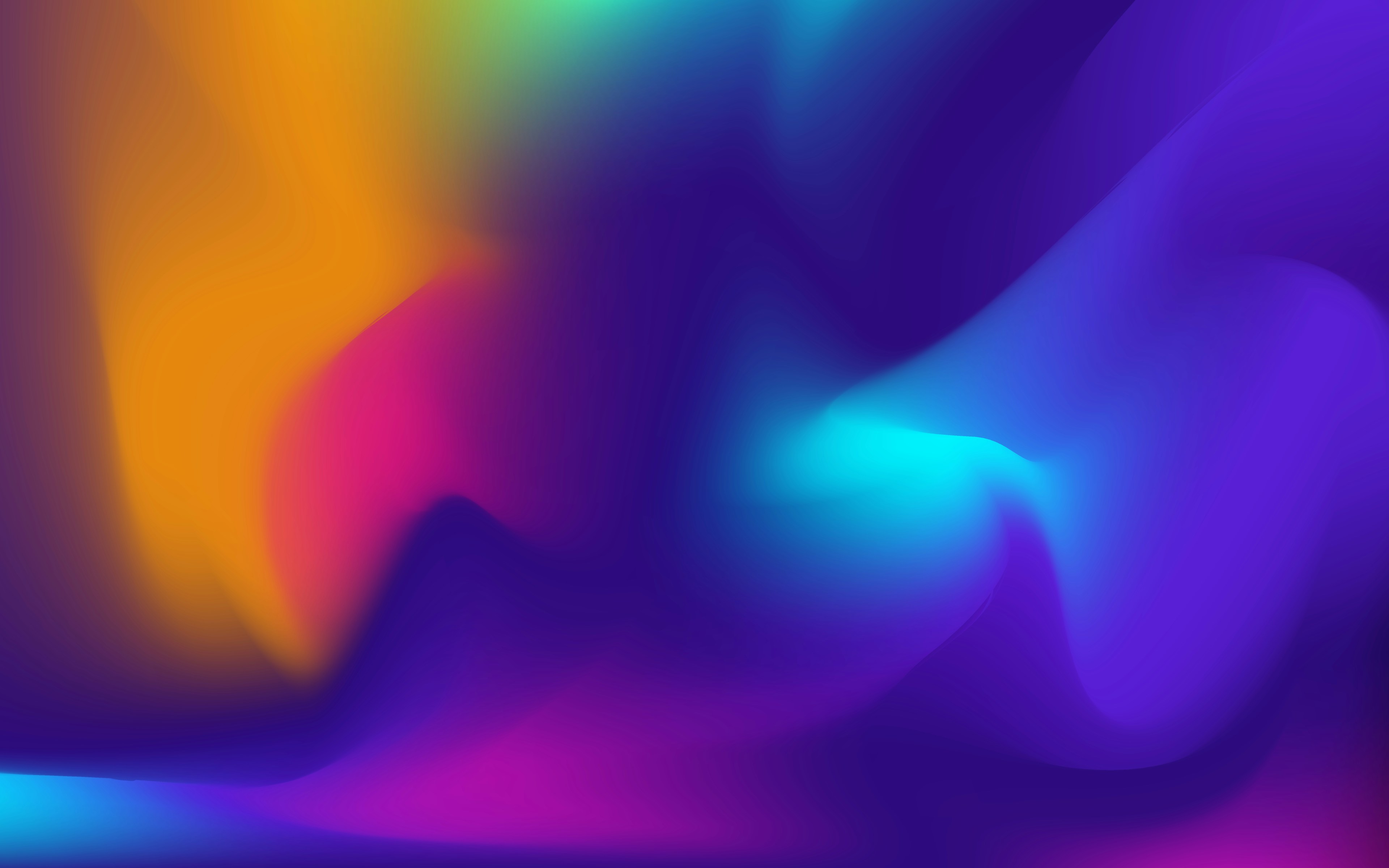Illustration


When Emily, a brand manager at a natural skincare company in Portland, started developing a visual identity for a new product line, she wanted something more expressive than generic stock photos. She imagined packaging with delicate botanical elements that conveyed purity, softness, and a handcrafted feel. Her designer suggested using illustrations. Emily hesitated: “Is this right for a consumer product? What exactly is an illustration?”
Illustration Is…
An illustration is an image created to support, explain, or visualize an idea, message, or text. It’s not just decoration — it’s a visual communication tool. Illustrations help make products more emotionally engaging, accessible, and recognizable. They can be digital or hand-drawn, but their core function is to become part of a brand’s storytelling — a distinct visual voice.
Unlike a standalone drawing, which may be created for personal expression, illustrations always serve a specific purpose. They clarify a concept, add context, and create mood. For example, a jar of organic honey from Vermont might feature detailed images of forest landscapes or bees — not just as decoration, but to visually emphasize the product’s origins and eco-conscious ethos.
Source: Golden Dog Farm
How Brands Use Illustrations in the U.S.
Many American brands are turning to illustration to differentiate themselves in saturated markets. Take the café chain Blue Bottle Coffee — they’ve used clean, expressive illustrations on packaging and merchandise to reinforce their craft-first approach. Another example is the organic food brand Annie’s, known for its playful, farm-inspired illustrations that underline natural ingredients and a family-friendly image.
Source: Pearl Fisher
In education and tech, illustration also plays a vital role. Platforms like Duolingo or Coursera use simple, approachable illustrations to reduce cognitive friction and build trust. This is especially effective in digital contexts, where photography can feel cold or impersonal.
Source: Duolingo
Illustration vs. Logos and Drawings
There’s often confusion between illustration, logos, and freehand drawings. Logos are compact brand marks — designed to be memorable, minimal, and versatile. Illustrations, by contrast, are detailed and contextual. For instance, the Whole Foods logo is a clean typographic emblem, while their illustrated packaging tells richer stories about ingredient sources and quality.
Source: World Branding Design
The distinction between illustration and drawing lies in intent. A drawing can be an independent artwork, created for expression. An illustration, however, is always applied — whether it's part of an ad campaign, product packaging, or a brand’s website. If an artist sketches a series of birds for a gallery, that’s a drawing. If those sketches are adapted into icons for a bird-watching app — they’ve become illustrations.
Where Illustration Fits in Brand Strategy
Illustration is a powerful part of visual branding. It’s used on packaging, billboards, social media, landing pages, presentations — virtually any customer-facing material. For example, Field Notes, a U.S. notebook brand, relies on hand-drawn illustrations and typographic elements to evoke nostalgia and Americana.
Source: Field Notes
In digital communication, illustrations help brands appear more human and accessible. Fintech platforms like Chime and online banks like Ally use soft illustrations in onboarding flows and mobile interfaces to make financial services feel friendly and understandable.
Source: Chime
Illustration Is a Way to Talk to Your Audience
For a brand manager, illustration isn’t just a stylistic choice — it’s a method of storytelling. It can communicate values, convey mission, support marketing efforts, and increase brand recognition. This is especially critical in industries where emotional connection is key: food, beauty, fashion, education.
Illustration lets brands connect with people through feeling, not just logic. It humanizes the experience and builds trust. In the U.S., consumers increasingly prefer brands that feel honest, warm, and visually distinct — all of which illustration can support.
The Role of AI and Technology
AI tools like Midjourney, Ironov and Adobe Firefly now allow brands to generate visual assets in minutes based on text prompts. This opens up new possibilities for rapid prototyping, seasonal campaigns, and content variety.
For brand teams, this means faster ideation and the ability to test different creative directions. However, these AI-generated illustrations still require refinement by designers to ensure brand consistency and visual quality.
Illustration Isn’t a Trend — It’s a Foundation
When a brand cares not just about what it says but how it visually expresses itself, it turns to illustration. This isn’t a passing trend — it’s a sign of branding maturity. As American consumers become more visually literate and emotionally selective, illustration becomes a key differentiator.
Emily ultimately embraced illustration. After launching the new product line with illustrated packaging, sales went up — but more importantly, customers responded. They shared photos, tagged the brand in Instagram stories, and described the products as “thoughtful” and “beautiful.”
Illustration worked. Not because it was decorative, but because it told a story.


